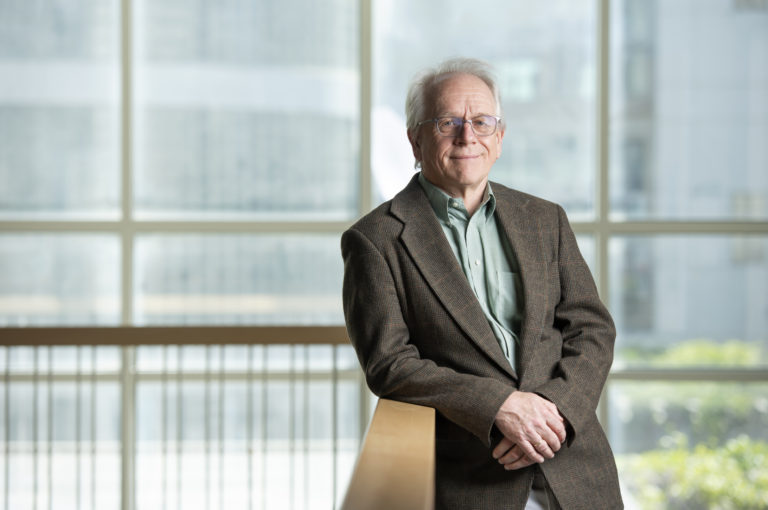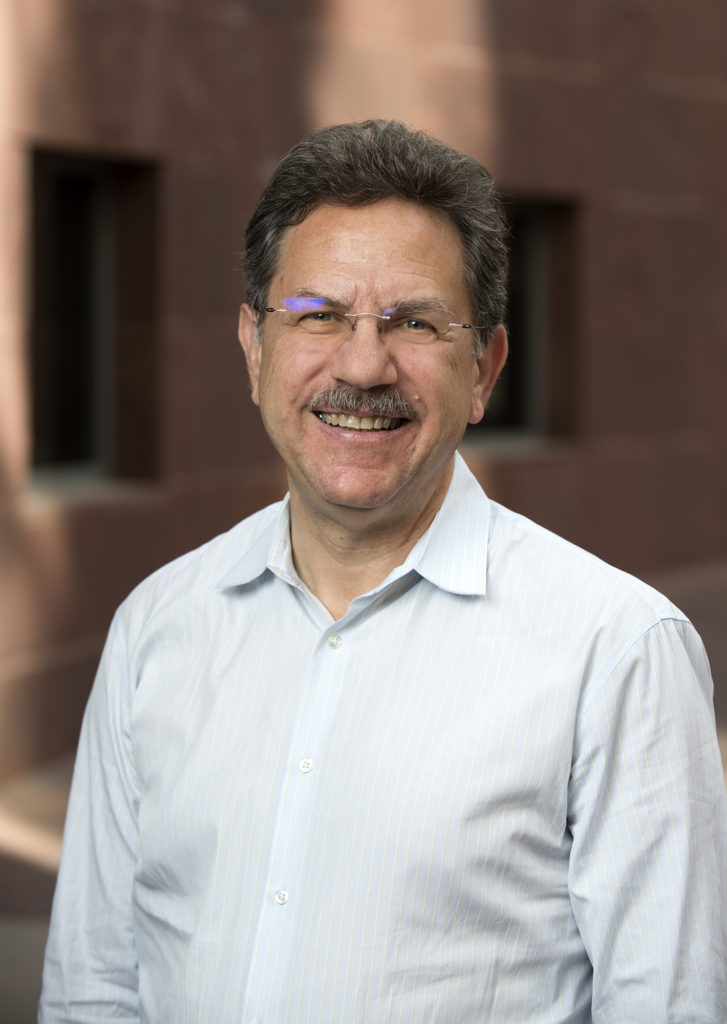UCI to Establish Skin Biology, Diseases Resource Center with $4 Million NIH Award
Grant will accelerate, enhance the effectiveness of basic, translational and clinical research

Apr. 22, 2019 - With nearly $4 million in funding from the National Institute of Arthritis & Musculoskeletal & Skin Diseases, the University of California, Irvine will establish the UCI Skin Biology Resource-based Center.
One of only six such sites in the nation, it will provide critical research infrastructure, shared facilities, services and resources to groups of investigators studying skin biology and diseases.
The establishment of core resources in genomics-bioinformatics, imaging and systems biology will promote cross-fertilization among multiple disciplines, fostering an innovative, integrated approach to regulatory mechanisms in skin biology and diseases. The overall aim is to accelerate and enhance the effectiveness of ongoing basic, translational and clinical skin research.

The grant’s principal investigator, Dr. Bogi Andersen, professor of medicine and biological chemistry in the School of Medicine, will direct the center. Dr. Arthur Lander, the Donald Bren Professor of Developmental & Cell Biology in the School of Biological Sciences, will be associate director. Suzanne Sandmeyer, Ph.D., vice dean for research in the School of Medicine; Enrico Gratton, Ph.D., professor of biomedical engineering in The Henry Samueli School of Engineering; Xing Dai, Ph.D., professor of biological chemistry in the School of Medicine; and Dr. Anand Ganesan, Ph.D., associate professor of dermatology and biological chemistry in the School of Medicine, will also serve in leadership roles.
“The research in this center will focus on regulatory mechanisms in skin biology, including in epidermal stem cells, epidermal differentiation, pigment cells and skin vascular biology,” Andersen said. “Our goal is to discover fundamental mechanisms that may ultimately become important in improving the understanding and treatment of skin diseases.”
The UCI Skin Biology Resource-based Center reflects interdisciplinary collaboration among scientists from five schools across the UCI campus – physical sciences, information & computer sciences, biological sciences, engineering and medicine – along with several individual departments, centers and institutes, such as the Sue & Bill Gross Stem Cell Research Center, the Institute for Clinical & Translational Science, the NSF-Simons Center for Multiscale Cell Fate Research, the Center for Complex Biological Systems, the Chao Family Comprehensive Cancer Center, and the Cancer Research Institute.
The grant is being provided through the National Institutes of Health’s P30 program, which is designed to support shared resources and facilities for research by multiple investigators from different fields. Andersen noted that receiving UCI Office of Research seed funding – intended to help interdisciplinary teams compete for extramural funding – was one of the key factors that allowed his group to successfully vie for the award.
“Many units across our campus, including the Office of Research, are absolutely committed to enabling the success of this new resource center,” said Pramod P. Khargonekar, vice chancellor for research and Distinguished Professor of electrical engineering & computer science at UCI. “This center will have a major impact on a wide array of NIH-funded research programs and make a significant contribution to our institution’s long-range biomedical research goals of translating our basic science discoveries into diagnostics, therapeutics and treatments for a range of human disorders, including those that impact skin biology.”
According to the American Academy of Dermatology, common skin conditions such as acne, atopic dermatitis, hair loss, psoriasis and rosacea affect nearly 200 million people in the U.S. each year. In addition, chronic wounds are a major public health problem, especially in the aging population.
- Anne Warde / UCI
